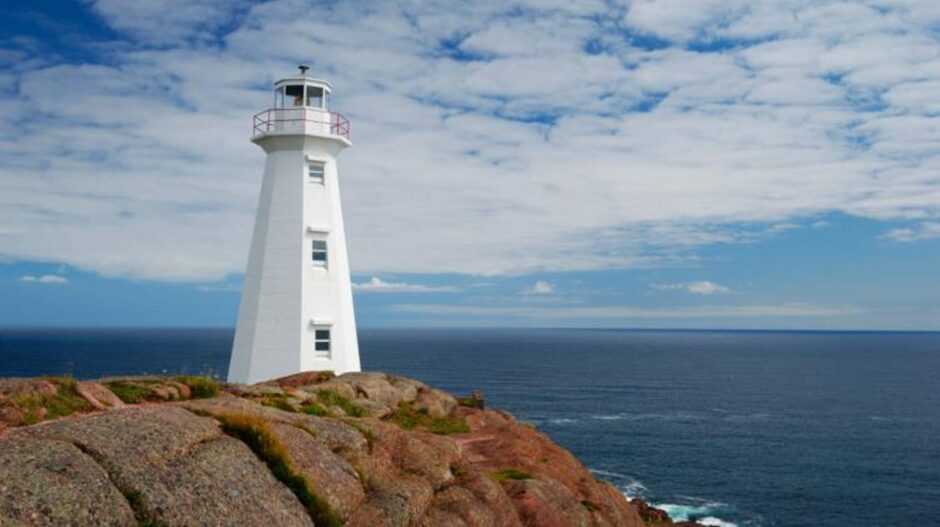
Canada is dismantling regulatory hurdles for offshore wind projects along its Atlantic coast, aiming to transform one of the world’s longest and gustiest shorelines into a renewable energy leader despite the industry’s current slump.
Prime Minister Justin Trudeau’s government agreed Wednesday to hand over control of land tenure and regulation for projects within Newfoundland and Labrador’s inland bays to the provincial government.
The move will create stability for investors and streamline permitting processes that can be plagued by “way too much duplication” between levels of government, Canadian Labor Minister Seamus O’Regan said in an interview.
O’Regan, who represents a Newfoundland district in Parliament and is a former natural resources minister, said the current moment – and potential for wind energy to deliver generational benefits to Atlantic Canadians — is akin to the first major discovery of oil off the province’s coast several decades ago.
“We’ve got lots of wind and we’ve got a workforce that really knows how to work in the energy industry,” he said. “We’ve got huge assets.”
Yet Canada lacks a single offshore turbine. The nation is not only starting from behind, but also as the offshore wind industry grapples with rising costs, supply chain kinks and higher interest rates. The neighboring US has seen multiple offshore wind project derailed, endangering President Joe Biden’s ambitious target of having 30 gigawatts of offshore wind capacity by 2030.
O’Regan is unfazed. “It’s a medium-long term play,” he said, comparing the slump in wind energy to fluctuations in oil prices that Canadians are used to. “There’ll be hiccups because of commodities.”
Allowing Newfoundland to take the lead on regulating projects is possible because of the Atlantic Accord, an agreement signed in 1985 between Canada and the province on managing offshore oil.
The federal government introduced amendments to the accord in May to allow the province’s offshore oil regulator to also oversee wind energy.
